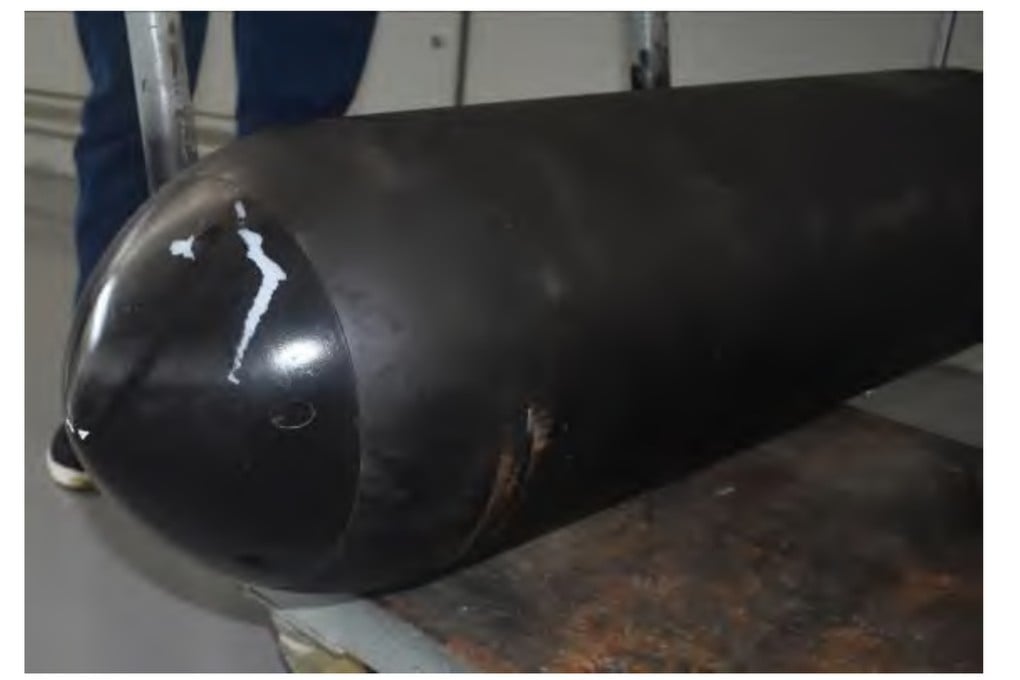Advertisement
Chinese navy says it’s testing the planet’s most powerful coil gun
- Giant electromagnetic launcher can accelerate a missile-size projectile to extremely high speed in the blink of an eye
- Futuristic weapons could ‘revolutionise’ warfare through faster, more accurate and devastating attacks
Reading Time:3 minutes
Why you can trust SCMP
99+

Stephen Chenin Beijing
The Chinese navy is reportedly testing the planet’s most powerful coil gun – a type of electromagnetically powered weapon capable of launching projectiles with very high speed and accuracy.
In a firing test revealed to the public for the first time, the electromagnetic launcher accelerated a 124kg (273lbs) projectile to a speed of 700km/h (435mph) in less than 0.05 seconds, according to scientists involved in the project.
It was the heaviest known projectile to be used in a coil gun experiment. While the exact dimensions and maximum range of the weapon remains classified, a shell moving at such speeds could hit a target several kilometres away.
Coil guns are also known as Gauss guns or magnetic accelerators. The weapon features a series of coils arranged along the barrel of the gun, each one constituting a “stage”. Each coil is energised one after another to create a magnetic field that can levitate and propel a projectile forward.
Advertisement
The projectile typically stays suspended in the centre of the coil during launch, which helps to keep it on a straight course and prevent it from touching the wall of the barrel. It can be fired repeatedly and rapidly without causing wear on components.
Coil guns could revolutionise the way that wars are fought, allowing for faster, more accurate and devastating attacks on enemy targets. They could also launch missiles or send satellites into space.
Advertisement
The technology has been around for decades, but challenges in materials science and electronics have made it difficult to build large and powerful models.
Advertisement
Select Voice
Choose your listening speed
Get through articles 2x faster
1.25x
250 WPM
Slow
Average
Fast
1.25x